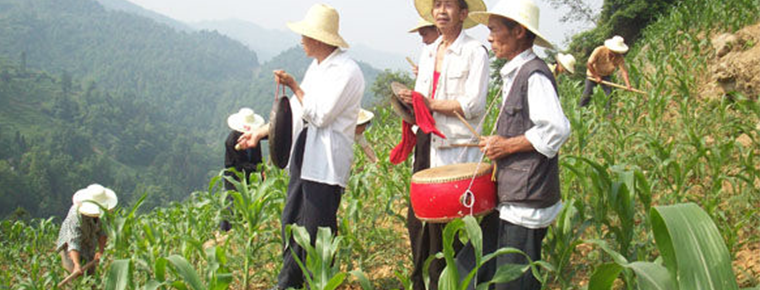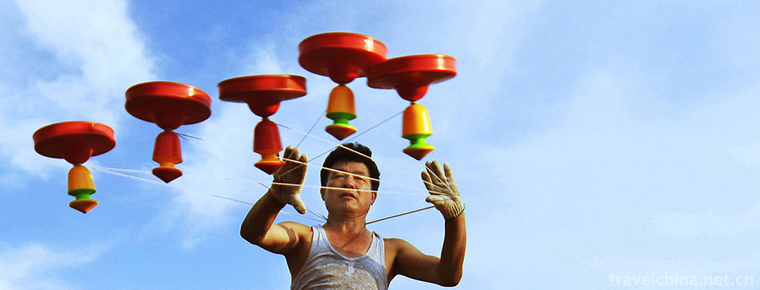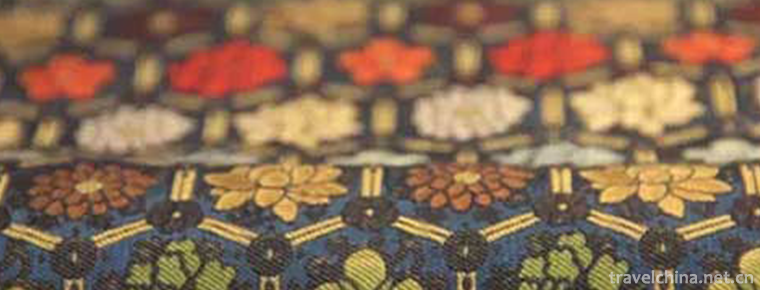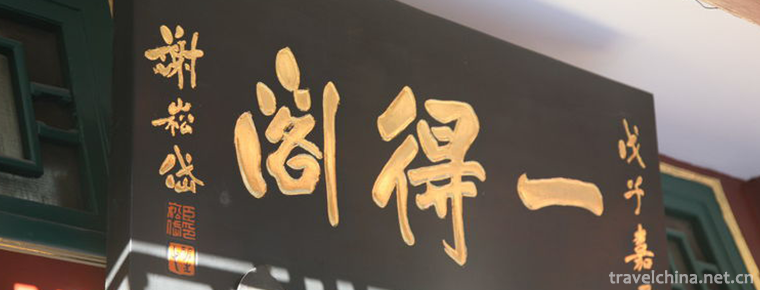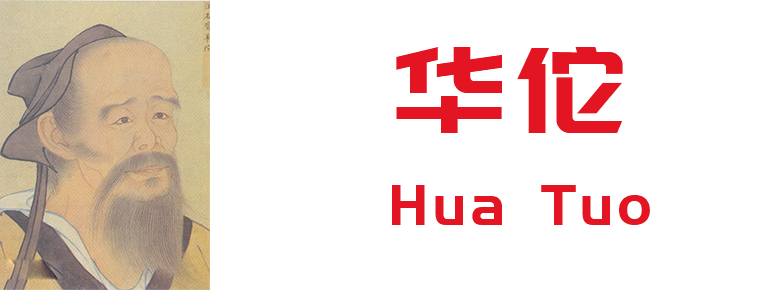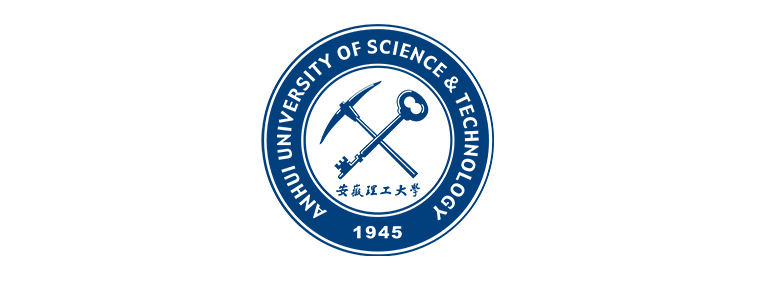Namtso
Namco, located in the central part of Tibet Autonomous Region, is the second largest lake in Tibet and the third largest saltwater lake in China. The lake is 4718 meters above sea level, approximately rectangular in shape, more than 70 kilometers long in East and west, 30 kilometers wide in North and south, with an area of about 1920 km.
Early scientific expeditions suggested that the maximum depth of the Nam Fault was 33 meters, but a re-survey of the lake in the last two years revealed that the Nam Fault was more than 120 meters deep. The storage capacity is 76 billion 800 million cubic meters, which is the largest lake in the world.
"Nam Co" is Tibetan, Mongolian name is "Tenggeli sea", is "Heaven Lake" meaning. Nam Co is one of the three sacred lakes in Tibet. Na Mu CuO is the first God lake of the ancient elephant, the Buddha and the emperor, and one of the famous Buddhist shrines.
Nam Co is located in the Qinghai Tibet Plateau, which originated from the orogeny started about 70 million years ago.
The product of the extrusion and uplift of the subcontinental plate and the India plate. According to geological survey data and scientific investigation, Namco area belongs to Lhasa terrane, with at least one billion years ago Precambrian continental crust as the basement, after a long period of time, about the late Jurassic accretion to part of the Qiangtang terrane above.
The Nam Co is a huge lake basin formed by the Himalaya movement depression in the late third and early fourth. Its formation and development are controlled by geological structure, formed by Himalayan movement depression, is a fault depression structural lake, and has glacial trace. Later, due to the gradual drying of the Tibetan Plateau, the area of Namu Cuo was greatly reduced. There are 8 to 10 existing ancient lake rock lines, the highest of which is about 80 meters from the present Lake surface.




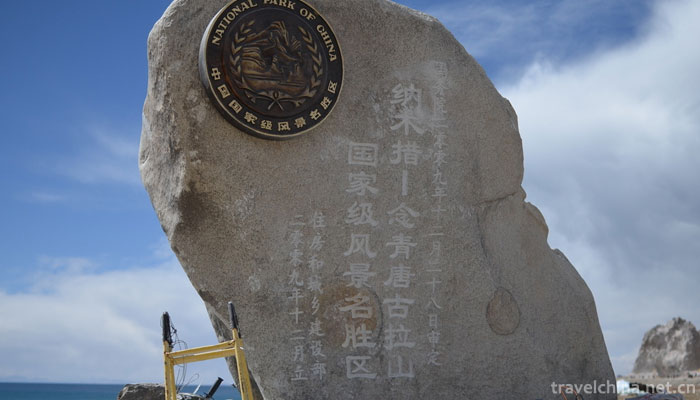
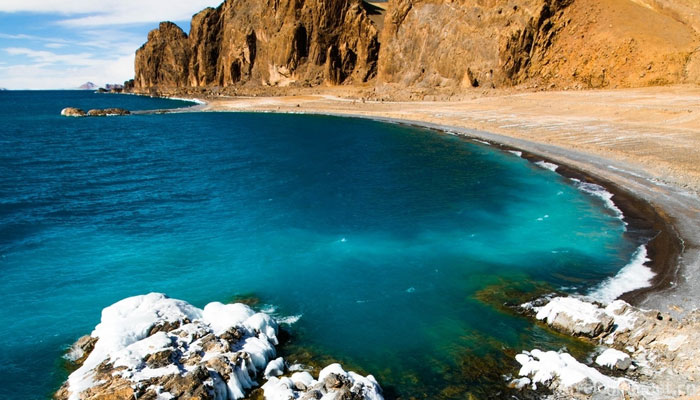





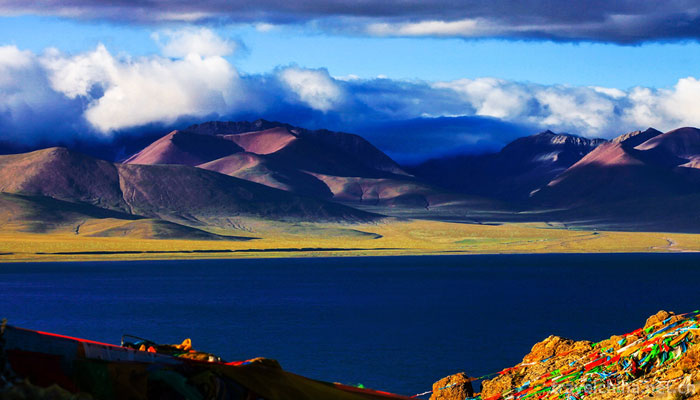


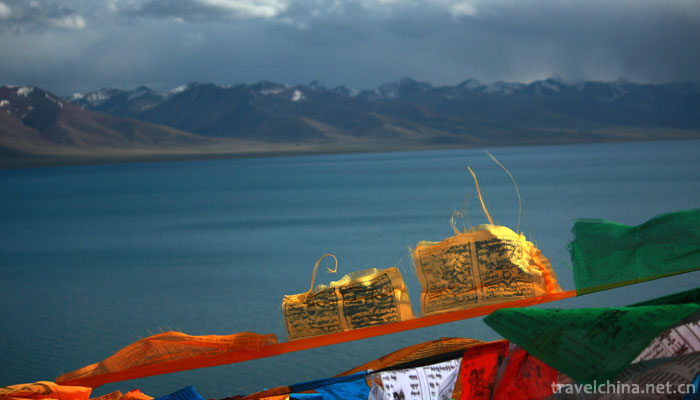





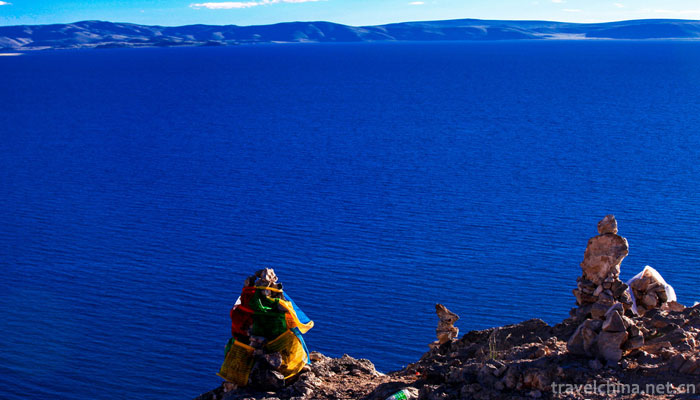


Namtso
-
Laojunshan Jiguandong Tourist Area
Jiguan Cave is located in Luanchuan County, Luoyang City, Henan Province, three kilometers west of the county seat. It is located on the half-hillside of Jiguan Mountain
Views: 210 Time 2018-12-09 -
Mawei Shipping Museum
The Mawei Shipbuilding Cultural Heritage Group in Fuzhou is centered on the Chinese Shipbuilding Cultural Museum, including Zhongpo Battery, Zhaozhong Temple, British Consulate
Views: 242 Time 2019-02-06 -
Caogao Gong and drum in northern Sichuan
Licao Gong and drum in northern Sichuan is a kind of traditional folk music. It mainly distributes in four counties and three districts of Guangyuan City, Sichuan Province
Views: 391 Time 2019-04-18 -
Diabolo
Diabolo is a splendid flower in Chinese traditional culture garden. Diabolo used to be called "Hu Dao", also known as "ground bell", "empty bell", "wind gourd".
Views: 157 Time 2019-04-28 -
Cutting Copper Dus Cutting Copper
Painting inscriptions on bronze pots, smooth lines; beautiful paintings of mountains and rivers on bronze plates, such as immersion... In many people's eyes, Du's bronze engraving,
Views: 278 Time 2019-05-09 -
Song Brocade Weaving Skills
Song brocade weaving technology, traditional handicraft in Suzhou City, Jiangsu Province, is one of the national intangible cultural heritage.
Views: 107 Time 2019-06-16 -
Yidege Ink Making Skills
Yidege is a local traditional handicraft in Beijing. It is well-known for producing ink. The products have bright ink, rich and light colors, fluent writing, moderate concentration, strong fragrance,
Views: 219 Time 2019-07-11 -
Hua Tuo
Hua Tuo (about 145 ad - 208 AD), the character is changed into one. Pei country Qiao County People, Eastern Han Dynasty The famous medical scientist at the end of the year.
Views: 239 Time 2019-09-07 -
Anhui University Of Science & Technology(aust)
Anhui University Of Science And Technology is located in Anhui province. Huainan City Yes. Anhui higher education revitalization program Local characteristics High level University Construction, proje
Views: 565 Time 2019-10-10 -
Red Army ferry scenic spot in Cangxi County
Cangxi Red Army ferry is located in Cangxi County, Sichuan Province. There is an ancient ferry by the Jialing River in Tashan Bay 3 km southeast of Cangxi city. Close to the mountain and by the water, the terrain is very dangerous, the rocks are steep, and the trees are green. Jialing River from north to south, beautiful scenery.
Views: 331 Time 2020-11-08 -
Luzhou scenic spots
Luzhou has a long history, profound cultural accumulation, strong ethnic customs and rich tourism resources, forming five characteristic tourism resources represented by famous wine culture, ecological culture, red culture, historical culture and Yangtze River culture. By the end of 2016
Views: 364 Time 2020-12-14 -
History and culture of Yibin
Yibin has 34 world-class, national and provincial scenic spots and 58 national and provincial key cultural relics protection units. Among them, there are seven cave cliff tombs (Eastern Han Dynasty), Jiuzhou tower (Song Dynasty), Daguanlou (Qing Dynasty), etc.
Views: 396 Time 2020-12-18


